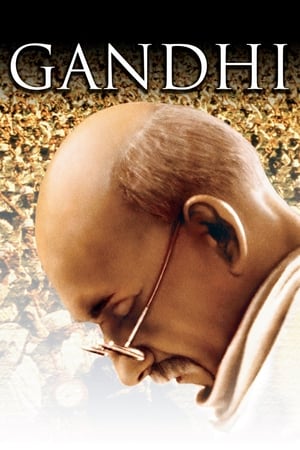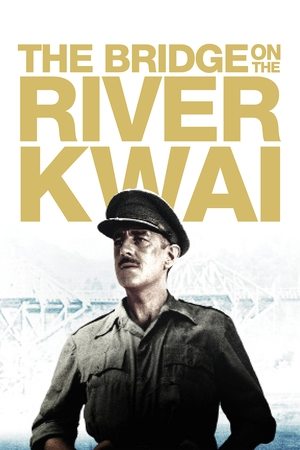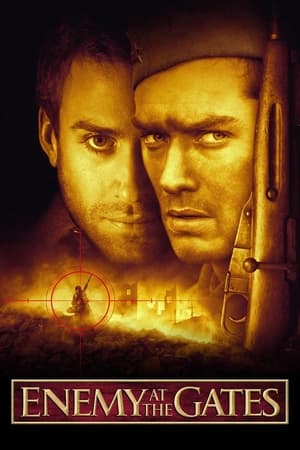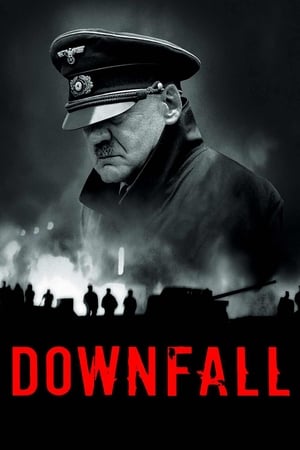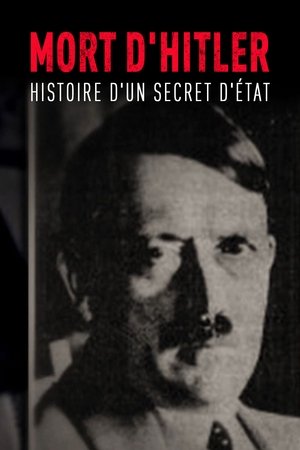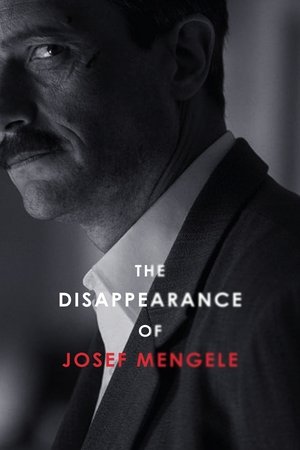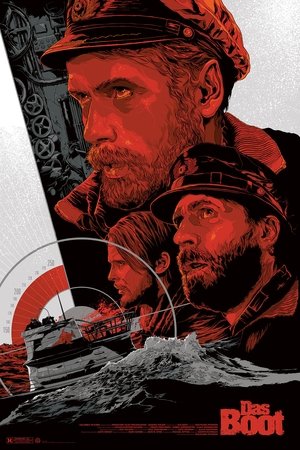Overview
Based on the novel by Peter Edel: the fate of a young Jewish couple during the Nazi era, who, full of dreams and hopes, search for ways to escape the inhumane situation in Hitler's Germany. In their hopeless situation, they meet a man who leads them down a contradictory and dangerous path, but at the end of which lies a new beginning.Part 1: "Friday Evening," Part 2: "The Decision," Part 3: "The Return," Part 4: "The Summons."

 German
German
 5
5
 1972
1972
 Germany
Germany

